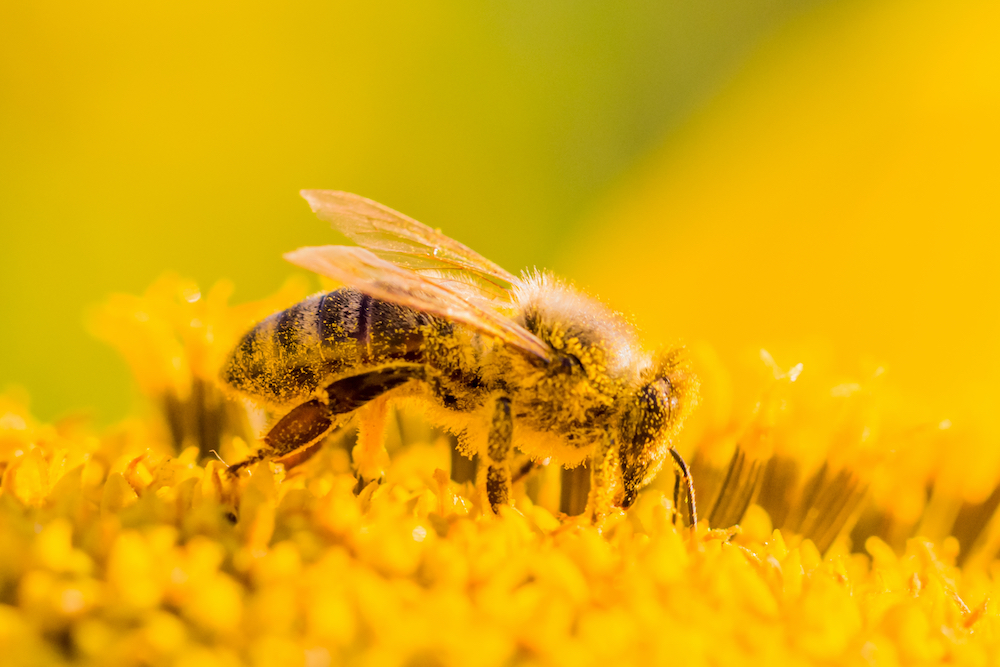All About Forager Bees


A honey bee hive is just like a bustling city. Every member plays a specific role in order to keep things run smoothly day after day. While all of the bees play a vital role, the worker bees certainly do a lot of the heavy lifting. Not only do they act as nurses to the brood and clean up after the queen, they play a critical role in the collection and production of their most valuable asset – food!
If you watch a honey bee hive for any amount of time during the busy season, you will see a flurry of activity from worker bees known as foragers. They go back and forth between the hive and their food or water source, bringing back the valuable resources needed to keep the bees alive and thriving.
Why Do Bees Forage
Foragers leave the hive for several reasons, and they all have to do with food. The most commonly known reasons they leave their hive is to collect nectar. Foragers stop at hundreds of flowers on an average foraging trip. While there, they collect nectar to bring back to the hive for processing into honey. Honey is the primary resource that bees make, and it is the substance that sustains them throughout the long, cold winter. So, needless to say, nectar is vitally important to the survival of bees!
Bees also collect pollen on their foraging trips. Small yellow dots of pollen can often be seen on the legs of honey bees. And this is more of an accident than a purposeful activity. While the bees are removing nectar from the flower, pollen inevitably gets stuck to their legs. This forms the basis of pollination. When the bee buzzes on to the next flower, she will leave some of that pollen behind, thus helping the flower reproduce. Pollen is also purposefully collected in pollen sacs and brought back to the hive. It is a valuable source of protein and minerals.
Like most other animals, bees require water to survive. Foragers go out in search of a water source. Upon their return to the hive, other worker bees are waiting to collect the water and process it to meet the needs of the hive. Water has many uses in a hive, including:
In the summertime, the hive can get very hot. In order to control the temperature, the bees furiously fan the water with their wings, creating an evaporative effect that cools the hive. Water is also used in feeding the larvae, or the future honey bees that have yet to emerge from their cells. Water is also used to rehydrate honey that has crystallized.
Learn more about honey crystallization.
How Do Bees Know Where to Go
One of the most fascinating things about foragers is how they do this important work of collecting nectar, pollen and water. Unlike us, they don’t have a smartphone with a map in their pockets to tell them where to go and how to get back home. The world outside the hive is full of dangers for honey bees. Plus, they can’t lollygag- the rest of the colony is relying on them to bring back the goods! They need to have a good system of communication and navigation.
You may have heard of the waggle dance. It’s a physical motion that is a means of communication between bees. When a forager returns to the hive, she will use the waggle dance to communicate to the other bees the direction, distance and quality of a water or food source.
Foragers also have an amazing sense of direction. After all, they are able to go back and forth between a flower and their hive many times in a given day. This ability is likely a combination of factors and it’s not completely known by researchers at this time. The sun appears to play a role.
Do you want to learn more about the different roles played by the bees in a hive? Check out these articles from the D-Tek Live Bee Removal Bee Blog!
What is the role of the drone in a honey bee colony?
